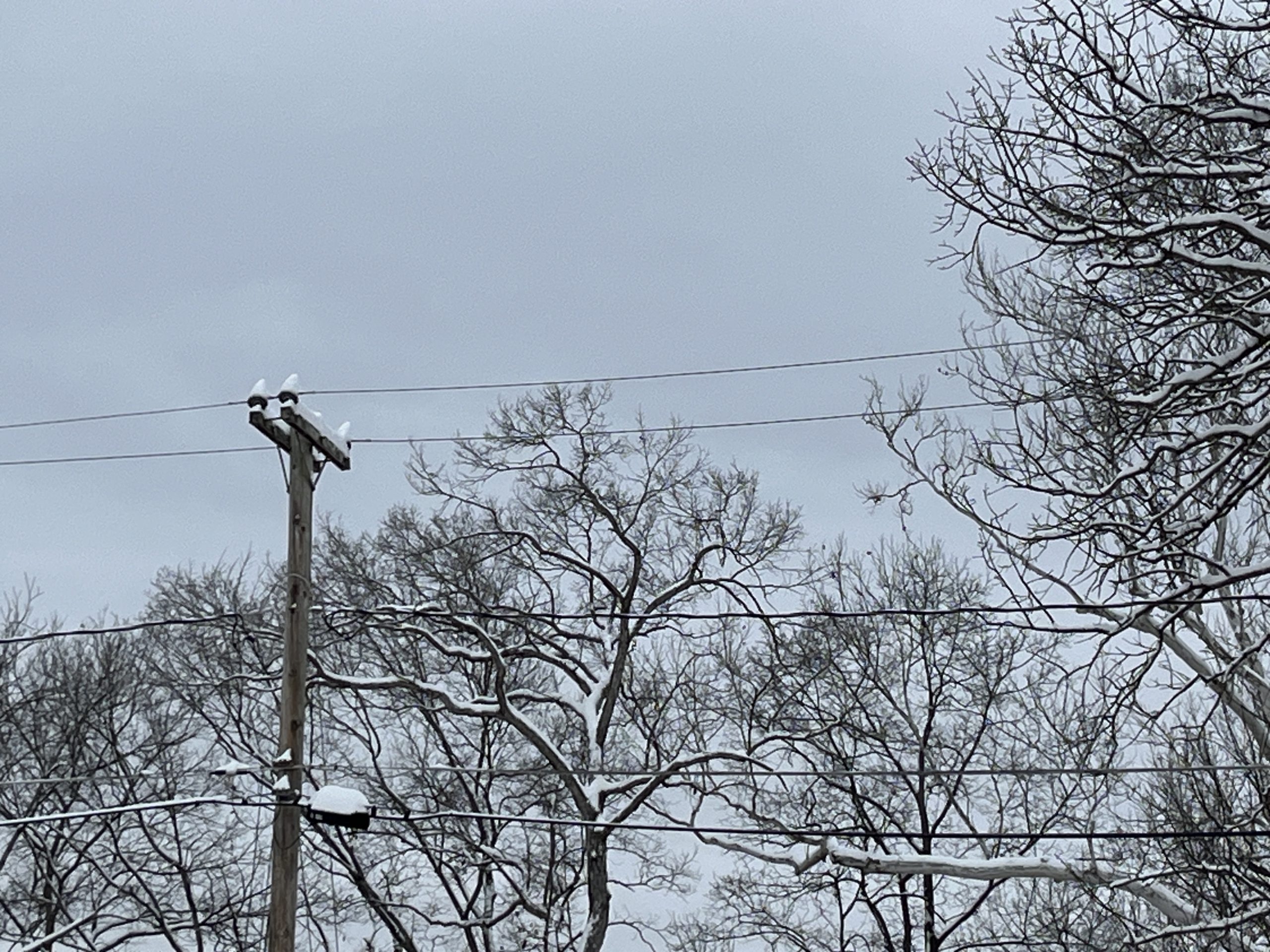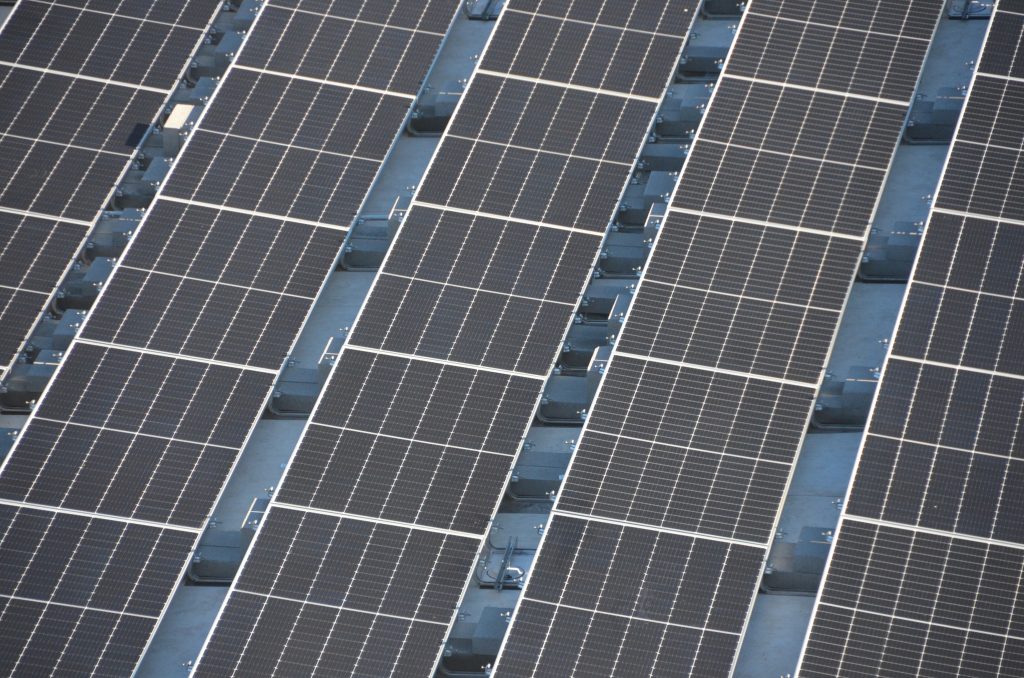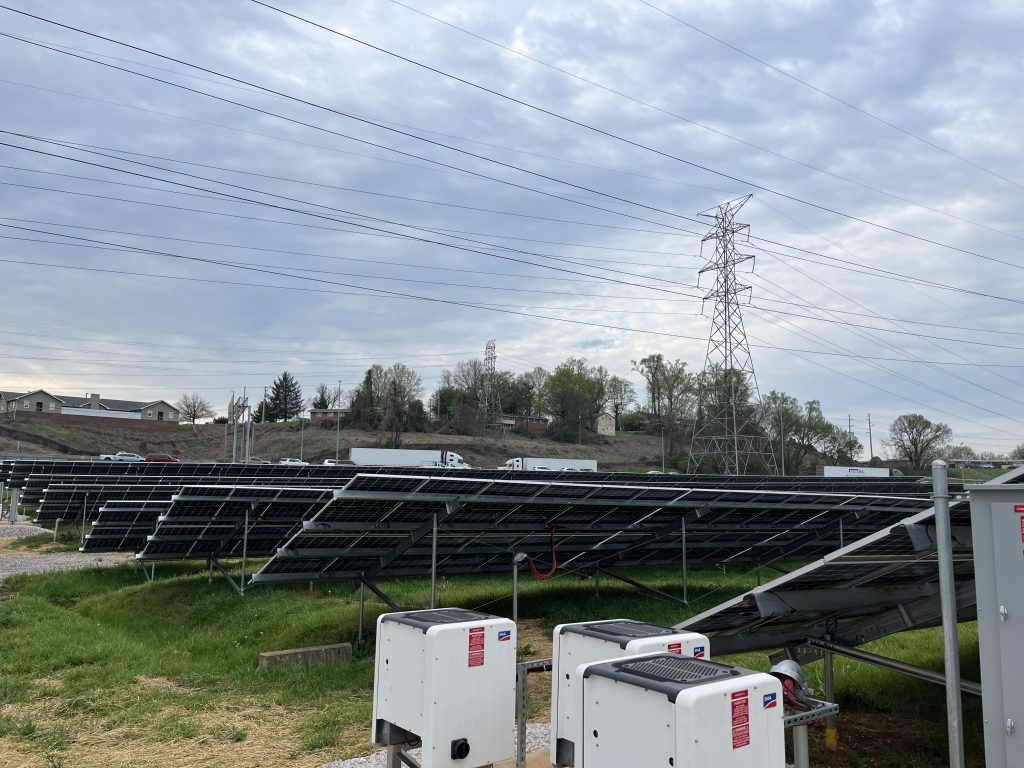
Last Updated on April 12, 2024 by Anne Brock
How much electricity does your community need at the ready at any given time? Will it be enough when more vehicles are plugging into charging stations instead of filling up at gas stations? How will your workplace or home fare during the next extreme weather event in winter or summer? Will certain updates lessen the chance you’ll be left in a power blackout? You’ll be hearing more often about DERs or Distributed Energy Resources and how these are essential to a more reliable system providing electricity for daily life. These resources go along with continual upgrades to the main power grid.
What are Distributed Energy Resources or DERs?
These are ways your business or others in your local community can produce their own electricity on-site, either using that immediately, storing it or sharing it back to the power grid. These also include ways you can interact more smartly with the power grid. It lessens the dependence on a centralized grid to meet everyone’s needs. More distributed sources of energy could lower the peak demand when every utility customer combined requires the most possible electricity at the same time. This could also decrease dependence on fossil fuel sources of energy by adding renewable sources into the mix.

A variety of DERs exist, including:
- Solar arrays
- Battery storage
- Electric vehicle charging centers
- Combined heat and power or cogeneration
- Smart thermostats
- Microgrids
- Virtual Power Plants
What Distributed Energy Resources are Not:
DERs are not an off-grid alternative for living or working. Rather, they are ways that communities can remain connected to the power grid while also becoming more resilient. They provide a more diversified way of looking at how electricity is produced, stored and distributed that may differ from how it was done in the past.
DERs are not necessarily limited to renewable energy sources. While renewables such as solar often play a big part, other DERs are also important. The renewables tend to be part of a patchwork of resources needed to provide maximum benefits.

The Research is Out:
Researchers published in detail on this topic in November 2023 for the U.S. Department of Energy Office of Electricity. They explain how our electricity will not always come from a centralized grid: the source sometimes being more localized, sometimes privately owned and part of a more complex, interconnected system.
The article titled Distribution System Evolution explained: “In the past 15 years, this industry has seen considerable advancements in consumer technology, including DERs and federal and state policies enabling DER use and grid modernization across the United States. State regulations, wholesale electricity markets, and utilities are striving to catch up with innovation at the grid edge while dealing with an apparent inflection point in climate-related grid resilience and reliability challenges.”
That report mentions that along with this need for distributed energy sources, updated reliability standards involving clean energy sources are now in place from the Federal Energy Regulatory Commission.
The Smart Electric Power Alliance describes DERs as both physical and virtual assets that benefit the power grid. It explains here several reasons why power companies were beginning to look at the DER model even several years ago.
DOE provides guidance for facility managers on how DERs could benefit more federal facilities. Here is that article explaining that beyond the environmental benefits, DERs like solar could also be financially beneficial for those watching the bottom line.
Could be DERs Be Better for Business?
Is it possible that the same technologies providing a more resilient energy system also be better for business? This intersection of advanced energy technology and business gains is the topic the Energy Secretary addresses here with Forbes.
All emerging technologies require attention to new details like those in focus by the Institute of Electrical and Electronics Engineers. Here the IEEE suggests standards for what it calls the DER ecosystem.
DERs in the Southeast:
In the Southeast, the Tennessee Valley Authority’s program called Flexibility now allows local power companies to produce five percent of their own electricity. That is typically in the form of solar power production such as community solar sites. The theory is that the more widely distributed the sources of electricity, the more resilient the system will become and less likely to encounter demands so high that it prompts widespread outages. In addition, TVA added more than $100 million in upgrades in 2023. TVA added the upgrades following December 2022’s unprecedented rolling blackouts, then being able to support a new record in power demand while avoiding widespread blackouts during the frigid days of early 2024. TVA noted in its Facebook post the morning of January 17, “This morning’s preliminary peak power demand was 34,526 megawatts at a system average temperature of 4 degrees – setting an all-time TVA record.”
Just Want to Explore DERs?
The National Renewable Energy Laboratory offers several free tools, including this REopt Web Tool | REopt Energy Integration & Optimization | NREL. It could be a starting point to see what alternative energy production could do for you.
Could DERs Benefit Your Business?
Here’s a video peek at the solar energy resource Solar Alliance built atop one of our manufacturing clients’ key facilities.
How can small and rural business benefit from DERs? There are even government grants supporting the solar installations featured in this short video. Solar Alliance works with small business from start to finish on projects that involve the Renewable Energy for America Program grant.
Curious if Distributed Energy Resources are right for you? Looking at the ability to produce some of your own electricity on site and even store it for future use? Need to slash a big portion of your utility bill? Let us know about your goals to save utility expenses, become more resilient, or meet corporate sustainability objectives. Contact us today.
Join our YouTube channel and don’t miss a thing!
